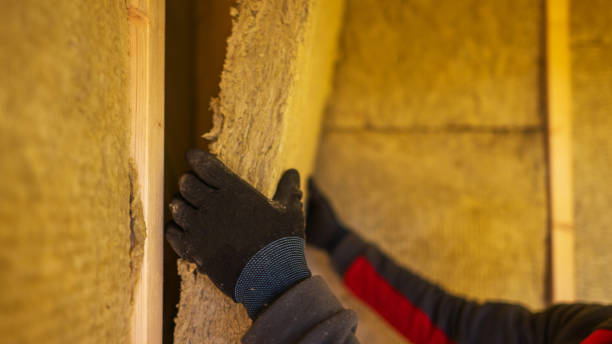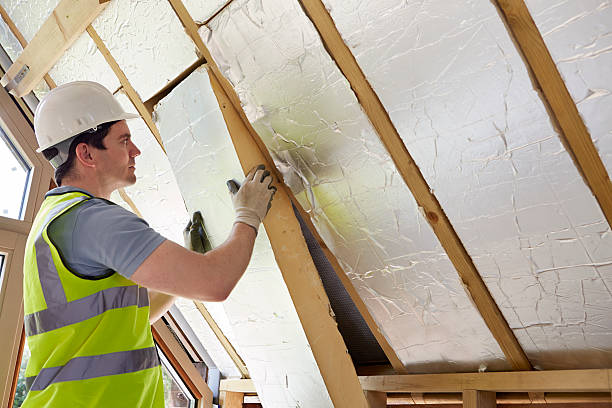Hot Insulation vs Cold Insulation: Understanding the Differences and Applications
Discover the essential differences between hot insulation and cold insulation with FUNAS. Our comprehensive guide explores their unique applications, benefits, and crucial roles in energy efficiency and safety. Whether you’re insulating pipes or protecting structures, understanding these insulation types ensures optimal performance. Trust FUNAS for insights on selecting the right solution for your needs.
Introduction
What is Hot Insulation?

Applications of Hot Insulation
What is Cold Insulation?

Uses of Cold Insulation
Hot Insulation vs Cold Insulation: Key Differences
| Feature | Hot Insulation | Cold Insulation |
| Purpose | Prevents heat loss and protects from high temperatures. | Prevents heat entry and maintains low temperatures. |
| Materials | Mineral wool, calcium silicate, ceramic fiber. | Foam, fiberglass, elastomeric rubber. |
| Temperature Range | Typically used in temperatures above 100°C (212°F). | Used in temperatures below 0°C (32°F). |
| Applications | Boilers, piping systems, furnaces, HVAC systems. | Refrigeration units, cold storage, cryogenics. |
| Energy Efficiency | Enhances energy efficiency by minimizing heat loss. | Prevents energy loss by blocking heat from entering. |
Why is Choosing the Right Insulation Important?
Conclusion
FAQs

Best Car Sound Insulation Material Suppliers List

10 Best Industrial Rubber Sheet Manufacturers

How to Insulate Pipes in Attic: Easy Steps for Energy Efficiency

2025 Tips: What is the Best Insulation for Pex Pipe

How to Insulate Pipes: Effective Solutions for Long-Term Protection
FAQ
What types of rubber foam insulation do you offer?
We offer a wide range of rubber foam insulation with different thicknesses and specifications. Thermal insulation material manufacturer FUNAS sleeves and sheets are suitable for different application scenarios.
How to start a consultation?
You can contact us through our website, phone, or email. We will arrange a professional staff to discuss your needs about best thermal insulator and how we can help you.
How do I choose the right insulation for my project?
Our team can help you choose the best material for heat insulation based on your specific needs, such as thermal resistance, acoustic properties, and environmental conditions.
service
Can I request custom dimensions or properties for my insulation needs?
Yes, we specialize in custom solutions. Whether you need specific dimensions, thicknesses, densities, or additional coatings, we can work with you to manufacture insulation products tailored to your exact requirements of good materials for heat insulation.
How does your technical support work?
Our technical support team is available to guide you through every stage of your project—from product selection and design to installation. We provide expert consultation to ensure that you get the best insulation solution for your needs and can assist with troubleshooting if needed.
You might also like



This product has passed the national GB33372-2020 standard and GB18583-2008 standard. (The product is a yellow liquid.)
Anggu foam phenolic glue is a kind of glue with corrosion resistance, low odor, high strength and excellent brushing property. Can be sprayed for construction with fast surface drying speed, long bonding time, no chalking and convenient operation.

This product has passed the EU REACH non-toxic standard, ROHS non-toxic standard. (The product is black glue.)
Anggu 820glue is a low-odor, high-strength quick-drying glue; Fast drying speed, long bonding time, no powder, non-toxic.
Leave a message
Have any questions or concerns about our products? Please leave us a message here and our team will get back to you promptly.
Your queries, ideas, and collaboration opportunities are just a click away. Let’s start a conversation.


















































